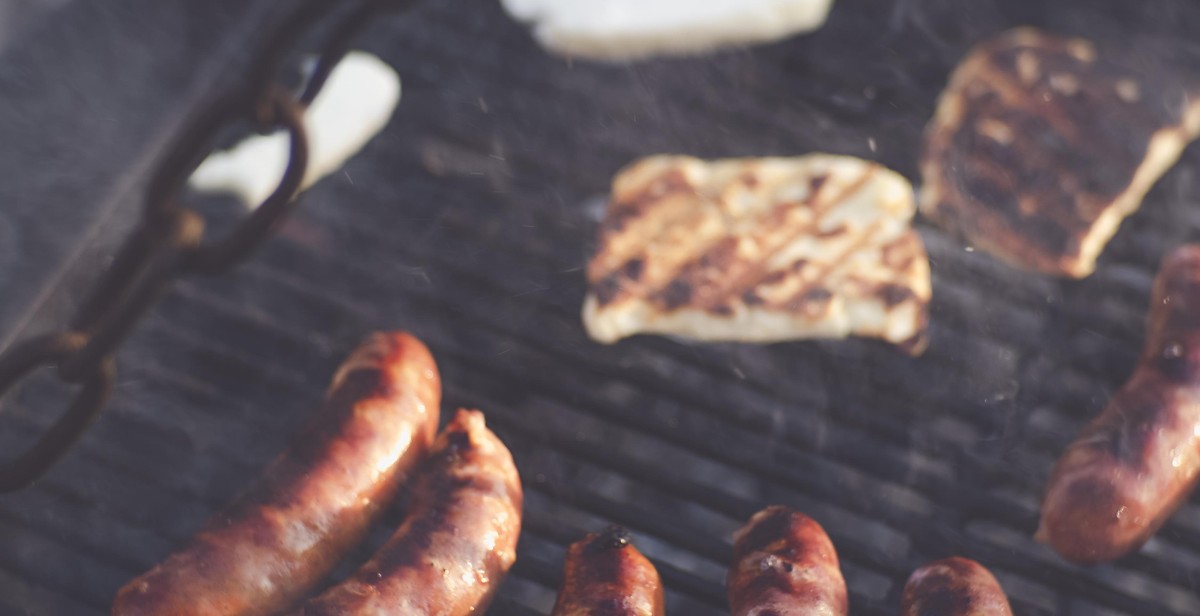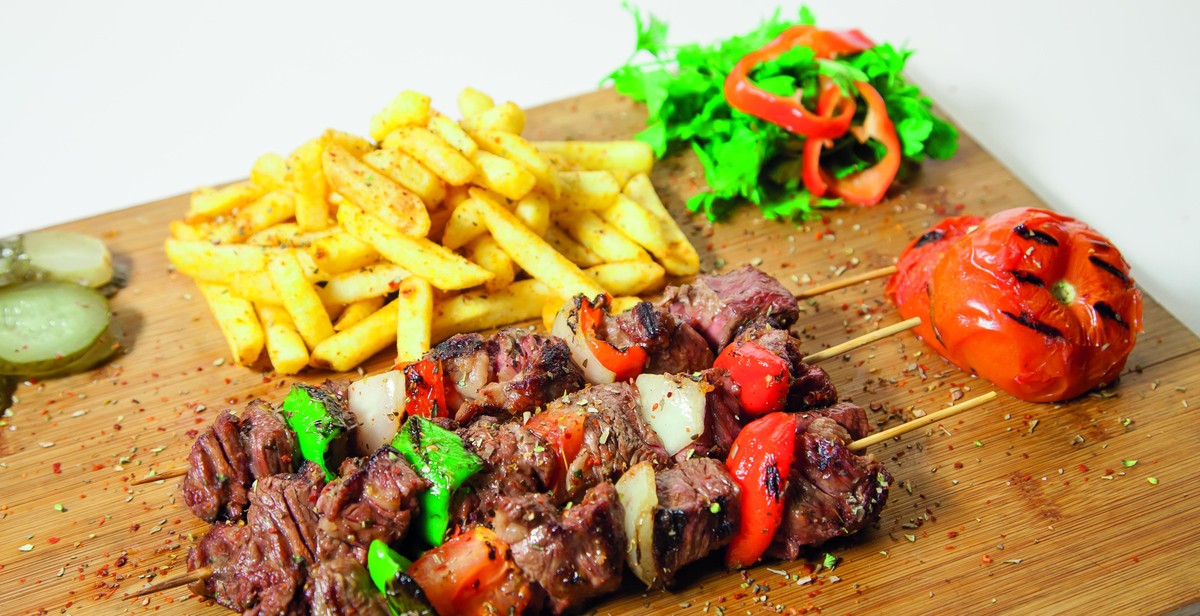How to BBQ Pulled Pork: Tender and Flavorful Slow-cooked Meat
BBQ pulled pork is a classic American dish that has gained immense popularity over the years. This dish is made by slow-cooking pork shoulder or pork butt until it is tender and flavorful, and then shredding it into small pieces. The meat is then mixed with barbecue sauce and served on a bun or as a main dish.
Why BBQ Pulled Pork is Popular?
There are several reasons why BBQ pulled pork has become a favorite among food enthusiasts:
- Flavorful: The slow-cooking process allows the meat to absorb flavors from the rub and smoke, resulting in a flavorful and juicy meat.
- Tender: The low and slow cooking method breaks down the tough fibers of the pork, resulting in a tender and easy to shred meat.
- Versatile: BBQ pulled pork can be served in various ways, making it a versatile dish. It can be served on a bun, as a main dish, or even used as a topping for pizza or nachos.
- Easy to Make: While the cooking process is lengthy, BBQ pulled pork is relatively easy to make. With a few ingredients and a little patience, anyone can make delicious pulled pork at home.
Whether you are a seasoned pitmaster or a beginner, learning how to BBQ pulled pork is a great way to impress your family and friends with a delicious and flavorful dish. In the following sections, we will guide you through the steps to make tender and flavorful pulled pork like a pro.
Preparing the Meat
One of the keys to making delicious pulled pork is choosing the right cut of meat. The most commonly used cut is the pork shoulder, also known as the Boston butt. This cut contains a good amount of fat and connective tissue, which makes it perfect for slow cooking. When selecting a pork shoulder, look for one that is well-marbled and weighs between 5 and 8 pounds.
Trimming the Excess Fat
Before seasoning the pork, it’s important to trim off any excess fat. While a little fat is necessary for flavor and tenderness, too much can result in greasy meat. Use a sharp knife to remove any large pockets of fat, leaving a thin layer on the surface of the meat. This will help the seasoning penetrate the meat and create a flavorful crust.
Seasoning the Pork
Seasoning the pork is where you can really get creative and add your own personal touch to the dish. A classic rub for pulled pork includes a combination of salt, black pepper, paprika, garlic powder, onion powder, and brown sugar. You can also add cumin, chili powder, or cayenne pepper for a little extra heat.
Once you’ve mixed your seasoning blend, generously coat the entire pork shoulder, making sure to rub the seasoning into any crevices or folds in the meat. For best results, let the seasoned meat sit in the refrigerator for at least an hour before cooking. This will allow the flavors to meld together and penetrate the meat.
If you want to take your seasoning to the next level, consider injecting the meat with a marinade. A marinade can add moisture and flavor to the pork, making it even more tender and flavorful. A simple marinade can be made with apple cider vinegar, Worcestershire sauce, and a little bit of brown sugar.
By choosing the right cut of meat, trimming the excess fat, and seasoning the pork with a flavorful rub or marinade, you’ll be well on your way to making delicious, tender, and flavorful pulled pork. The next step is slow cooking the meat to perfection.

Slow Cooking the Pork
Slow cooking is the key to achieving tender and flavorful pulled pork. The low and slow cooking process allows the pork to cook evenly and break down the connective tissues, resulting in a juicy and melt-in-your-mouth texture.
Choosing the Right BBQ Equipment
When it comes to slow cooking pork, you have several options for equipment, including a smoker, charcoal grill, or gas grill with a smoker box. Each option has its pros and cons, but the most important factor is choosing a BBQ equipment that can maintain a consistent low temperature for an extended period.
A smoker is the most popular equipment for slow cooking pork as it is specifically designed for low and slow cooking. Smokers come in different sizes and types, such as offset, vertical, and pellet smokers. Each type has its unique features and benefits, so it’s essential to choose one that suits your needs and preferences.
Setting the Temperature
The ideal temperature for slow cooking pork is between 225°F and 250°F. This temperature range allows the pork to cook slowly and evenly without drying out. It’s crucial to use a thermometer to monitor the internal temperature of the pork to ensure it’s fully cooked and safe to eat.
Additionally, you can add wood chips or chunks to the smoker or grill to infuse the pork with a smoky flavor. Popular wood choices for pork include hickory, apple, cherry, and mesquite.
Cooking Time and Techniques
The cooking time for slow-cooked pork can vary depending on the size and cut of the meat. As a general rule, you should allow 1 to 1.5 hours of cooking time per pound of pork. However, it’s essential to use a thermometer to check the internal temperature of the pork to ensure it’s fully cooked.
There are different techniques for slow cooking pork, such as the Texas Crutch, which involves wrapping the pork in foil or butcher paper to speed up the cooking process and retain moisture. Another technique is the 3-2-1 method, which involves 3 hours of smoking, 2 hours of wrapping in foil, and 1 hour of unwrapped smoking to create a tender and flavorful crust.
Overall, slow cooking the pork is a crucial step in achieving tender and flavorful pulled pork. By choosing the right BBQ equipment, setting the temperature, and using the right cooking techniques, you can create a mouth-watering dish that will impress your guests.

Serving the BBQ Pulled Pork
After all the hard work of smoking and shredding the pork, it’s time to serve and enjoy the delicious BBQ pulled pork. Here are some tips for serving and presenting the perfect BBQ pulled pork:
Shredding the Pork
Before serving, make sure to shred the pork into small, bite-sized pieces. This will help to distribute the flavor evenly and make it easier to eat. You can use a fork or meat claws to shred the pork, or even a food processor if you have a large quantity to shred.
Sauces and Accompaniments
BBQ pulled pork is traditionally served with a variety of sauces and accompaniments. Here are some popular options:
- BBQ sauce: A classic choice, BBQ sauce adds a sweet and tangy flavor to the pork. You can use store-bought or homemade BBQ sauce.
- Vinegar-based sauce: This type of sauce is popular in the southern United States and has a tangy, acidic flavor that pairs well with the rich pork.
- Coleslaw: A crunchy and refreshing side dish that provides a nice contrast to the tender pork.
- Pickles: Pickles add a tangy and slightly sweet flavor that complements the pork.
Presentation Tips
When it comes to presentation, there are a few things to keep in mind:
- Use a platter or serving dish that is big enough to hold all the pork and accompaniments.
- Arrange the pork in the center of the platter and surround it with the sauces and accompaniments.
- Garnish with fresh herbs or sliced onions for a pop of color and flavor.
- Provide serving utensils and plates for your guests to help themselves.
With these tips in mind, you’re ready to serve up a delicious and impressive BBQ pulled pork feast for your family and friends!
Conclusion
Now that you have learned how to BBQ pulled pork, you can enjoy the tender and flavorful slow-cooked meat at home. With the right equipment, ingredients, and techniques, you can create a delicious and satisfying meal for your family and friends.
Remember to choose the right cut of pork, season it well, and cook it low and slow for several hours until it is tender and falls apart easily. You can use a smoker, a grill, or an oven to cook your pork, depending on your preference and availability.
Once your pulled pork is ready, you can serve it in a variety of ways, such as on a bun with coleslaw, on a pizza with barbecue sauce, or on a plate with mac and cheese. You can also experiment with different rubs, sauces, and marinades to create your own signature flavor.
- Don’t forget to let your pork rest before shredding it to allow the juices to redistribute.
- Use a meat thermometer to ensure that your pork reaches an internal temperature of 195°F to 205°F.
- Clean your grill or smoker regularly to prevent flare-ups and maintain the flavor of your meat.
With these tips and tricks, you can become a BBQ pulled pork master and impress your guests with your cooking skills. So fire up your grill, grab your pork shoulder, and get ready to enjoy some mouth-watering meat!
